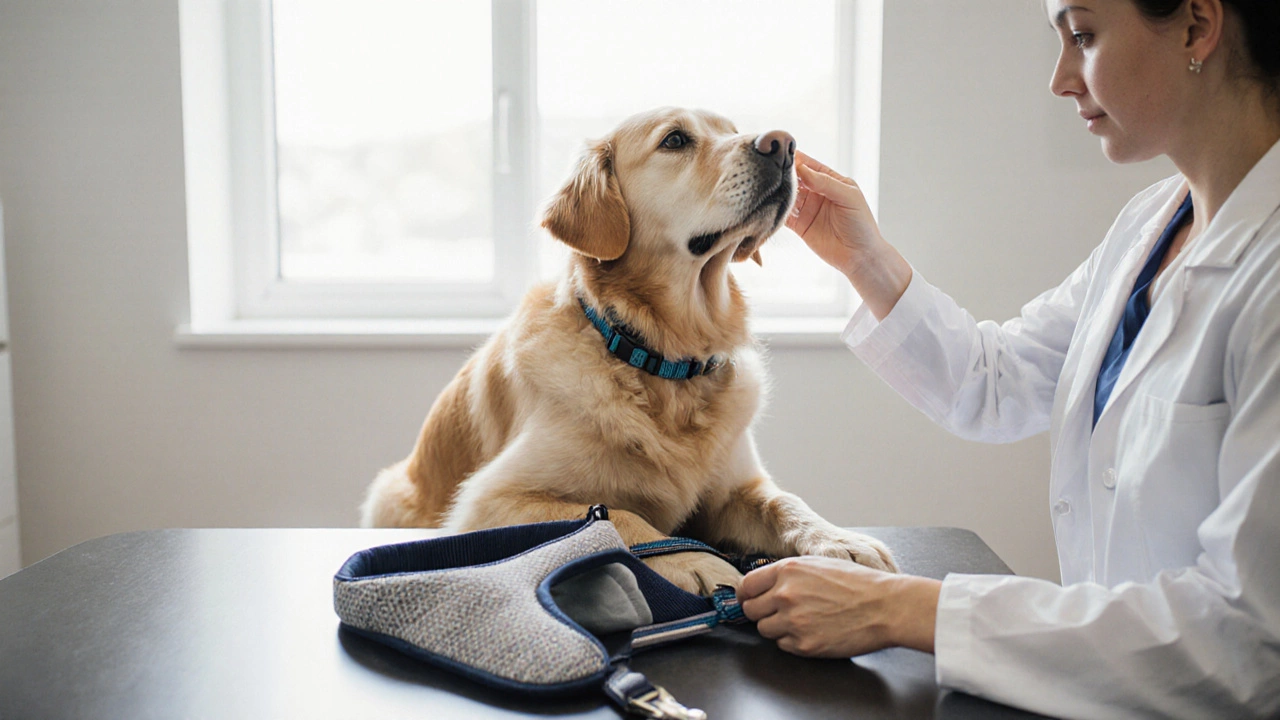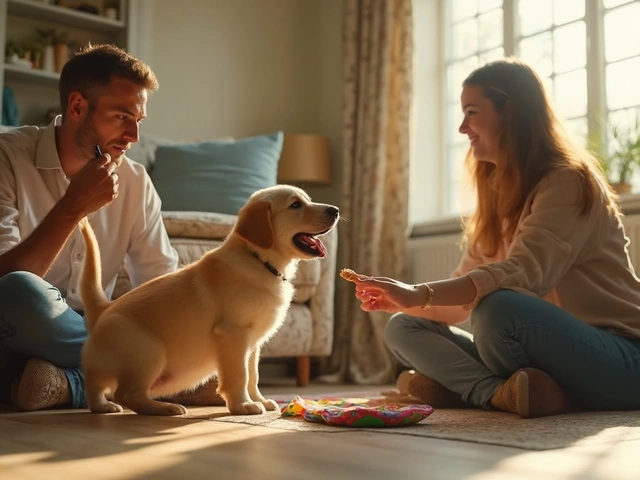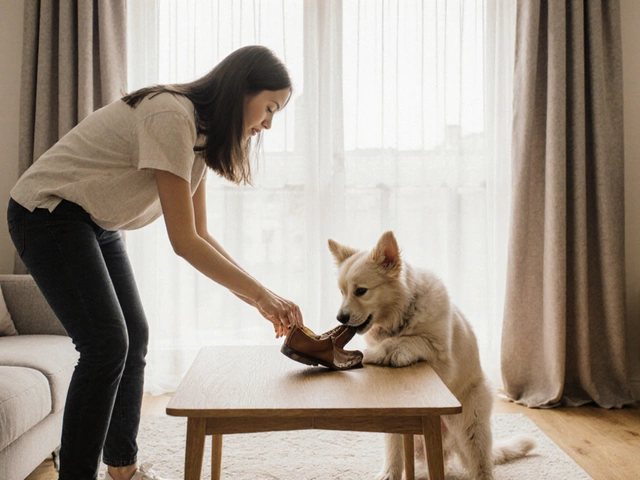Dog Gear Selector: Collar or Harness?
Every dog owner faces the same dilemma at some point: should I put a collar on my pup or switch to a harness? The choice isn’t just about style - it can affect your dog’s comfort, health, and even training progress. Below we break down what veterinarians say, the science behind each option, and how to pick the right gear for your four‑legged friend.
Key Takeaways
- Collars work well for identification and light leash work, but they can strain the neck if the dog pulls.
- Harnesses distribute pressure across the chest and back, reducing risk of neck and spine injuries.
- Veterinarians often recommend a harness for puppies, senior dogs, brachycephalic breeds, and any dog with a history of neck problems.
- Proper fit is crucial - a loose collar or a tight harness can both cause harm.
- Use a quick‑release buckle and check the fit weekly as your dog’s body changes.
When you hear "collar or harness?" the answer isn’t a one‑size‑fits‑all. It depends on your dog’s anatomy, behavior, and any existing health issues. Let’s see how vets weigh in.
What veterinarians look for
Veterinarian assessments focus on three things: neck and spine health, breathing comfort, and behaviour during walks. A 2023 survey of 150 vets across NZ, Australia, and the UK found that 68% preferred a harness for dogs that pull heavily, while 24% still prescribed a soft, adjustable collar for dogs with stable necks and minimal pulling.
Vets also consider breed‑specific risks. Brachycephalic breeds like Bulldogs and Pugs often struggle with airway compression; a collar that presses against the throat can worsen the problem. Large, deep‑chested breeds (e.g., German Shepherds) may develop cervical spondylosis, making a well‑fitted harness a safer choice.
Understanding the gear
Dog collar is a band that sits around the neck. It can be made of nylon, leather, or neoprene and often includes a D‑shaped ring for leash attachment. Collars are great for ID tags, rabies tags, and quick leash connections.
Dog harness encircles the chest and sometimes the torso. Common styles include front‑clip, back‑clip, and step‑in designs. Harnesses spread pulling force across a larger surface area, which can protect the neck and spine.
Both accessories can be fitted with reflective strips, name tags, or even GPS modules, but the core difference lies in where the pressure is applied.
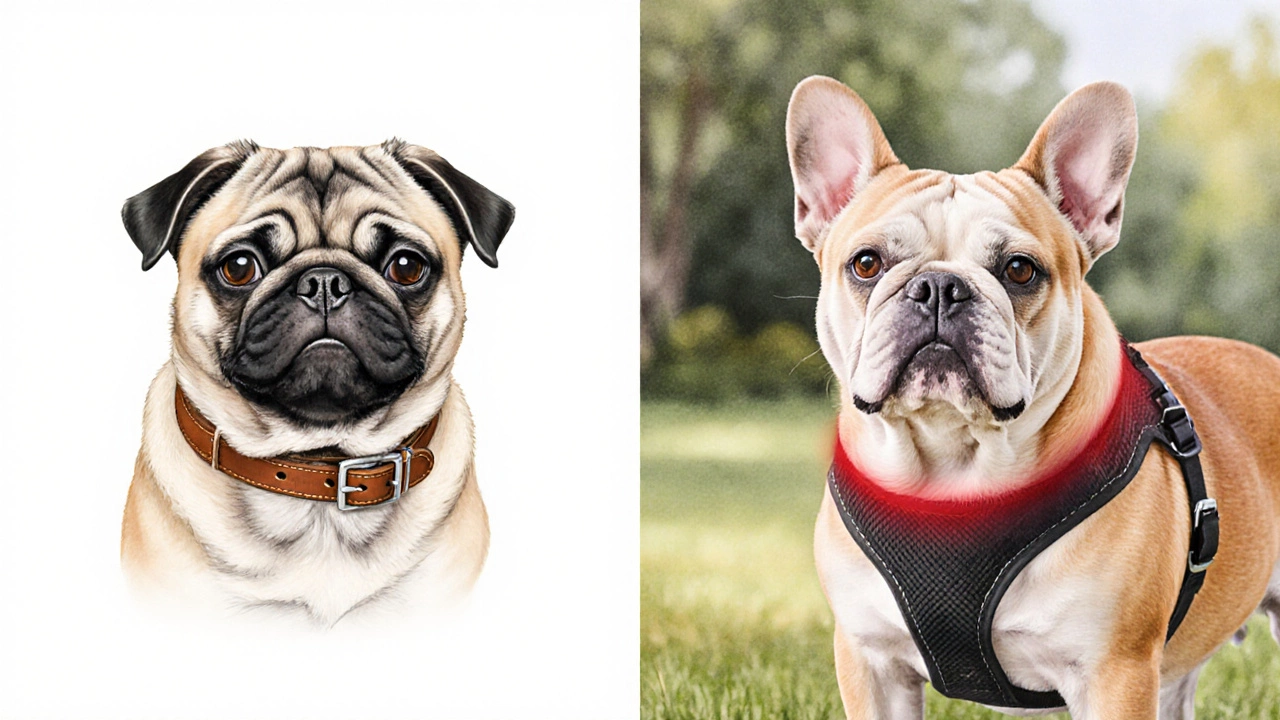
When a collar makes sense
- Identification: If your primary need is a visible tag holder, a lightweight collar is hard to beat.
- Training with gentle leash: For dogs that respond well to a loose‑lead walk, a thin, padded collar avoids bulk.
- Small breeds with delicate frames: Toys or tiny puppies often tolerate collars better than a chest‑sized harness.
However, avoid a collar if your dog has any of the following:
- History of tracheal collapse or laryngeal paralysis.
- Frequent pulling that leads to a "choking" sensation.
- Neurological conditions that affect neck control.
Why many vets recommend a harness
For dogs that pull, have neck or spine issues, or belong to a breed with respiratory concerns, the dog harness offers a safer alternative. The chest‑clip version gently redirects forward momentum, while a back‑clip harness gives the owner more control without putting pressure on the throat.
Senior dogs benefit from the extra support a harness provides, especially if they have arthritis in the shoulder or neck. A well‑designed harness can also act as a gentle “body wrap,” giving confidence to anxious dogs during walks.
Step‑by‑step fitting guide
- Measure your dog’s girth (around the chest, just behind the front legs) for a harness, and neck circumference for a collar.
- Choose a size chart from the manufacturer; always go one size up if you’re between sizes.
- Slide the harness or collar on without forcing it. It should rest snugly but allow two fingers to slide underneath.
- For harnesses, adjust the chest strap so it sits flat against the ribcage, not too high on the neck.
- Check for chafing points after the first walk; reposition or trim excess padding if needed.
- Re‑measure monthly for growing puppies or weight‑fluctuating adults.
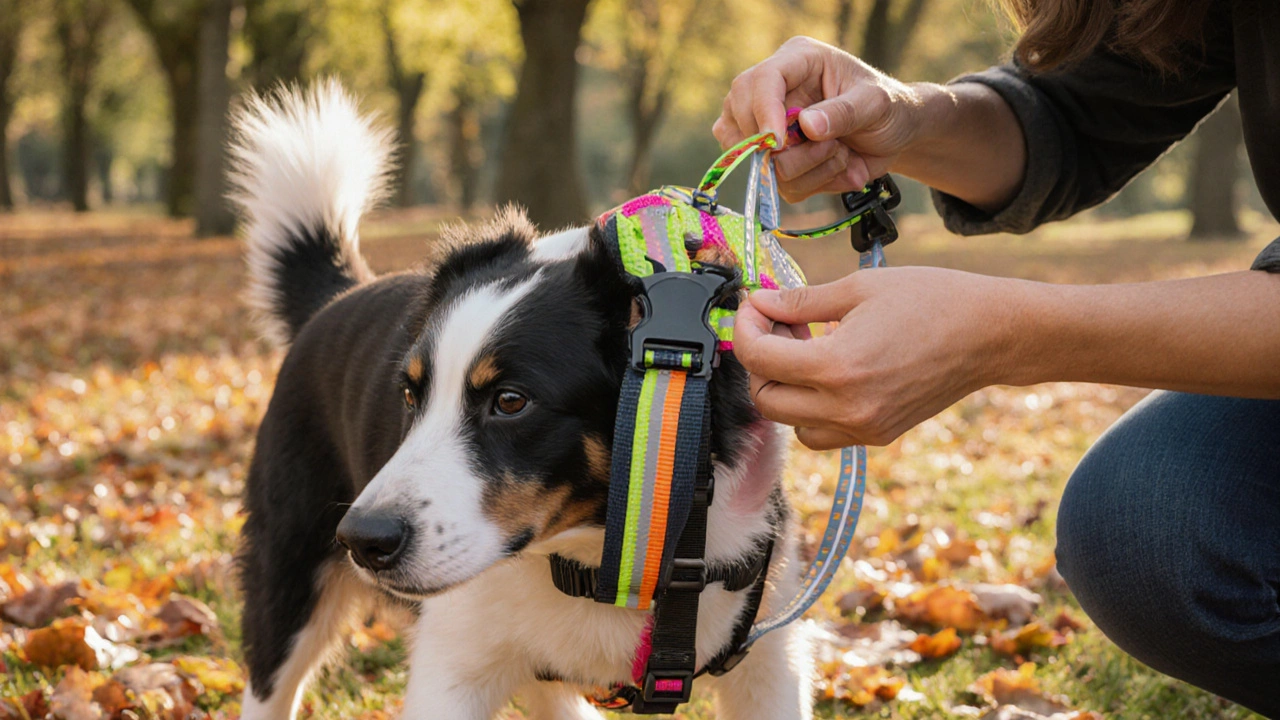
Safety checklist before every walk
- Is the gear snug but not restrictive? (Two‑finger rule)
- Are all buckles and clips securely fastened?
- Is the leash attached to the correct ring - front clip for redirecting pulls, back clip for calm walks?
- Do any tags or accessories cause rubbing?
- Is the material weather‑appropriate (water‑resistant for rain, breathable for summer)?
Collar vs Harness - Quick Comparison
| Attribute | Dog Collar | Dog Harness |
|---|---|---|
| Pressure Point | Neck | Chest & back |
| Best for | ID tags, light‑lead walking | Pullers, seniors, brachycephalic breeds |
| Risk of injury | Neck strain, tracheal collapse | Minimal when correctly fitted |
| Ease of putting on | Very easy | Step‑in or strap‑over may need practice |
| Training control | Limited | Front‑clip redirects pulling |
Frequently Asked Questions
Can a collar cause a dog’s neck to break?
A well‑adjusted collar won’t break a healthy neck, but repeated high‑force pulling can damage vertebrae or cause soft‑tissue strain, especially in large breeds or dogs with pre‑existing cervical issues.
Do harnesses prevent a dog from learning to walk on a loose leash?
No. A harness merely changes where the force is applied. You still need consistent training cues to teach loose‑lead walking.
How often should I replace a collar or harness?
Inspect monthly for frayed straps, broken D‑rings, or stretched buckles. Replace any gear showing wear, typically every 12‑18 months for active dogs.
Is a front‑clip harness better for aggressive pullers?
Front‑clip designs redirect the pull toward the dog’s side, discouraging forward lunges. They’re often recommended by vets for strong pullers, but a training plan should accompany the gear.
Can a harness help a dog with arthritis?
Yes. By removing pressure from the neck and neck‑shoulder joints, a well‑fitted harness can make walking less painful for arthritic dogs.
Next steps and troubleshooting
If you’ve tried a collar and notice your dog shaking their head, coughing, or showing signs of neck discomfort, swap to a harness immediately and schedule a check‑up with your vet. For dogs that seem confused by a new harness, start with short indoor sessions, rewarding the animal for keeping the harness on. Gradually increase walk length as they get used to the feel.
Remember, the right choice isn’t permanent. As your dog grows, ages, or changes behavior, revisit the gear selection. Keep the fitting checklist handy, and don’t hesitate to ask your veterinarian for a quick in‑clinic assessment. Happy, healthy walks start with the right equipment - and a bit of informed trial and error.
